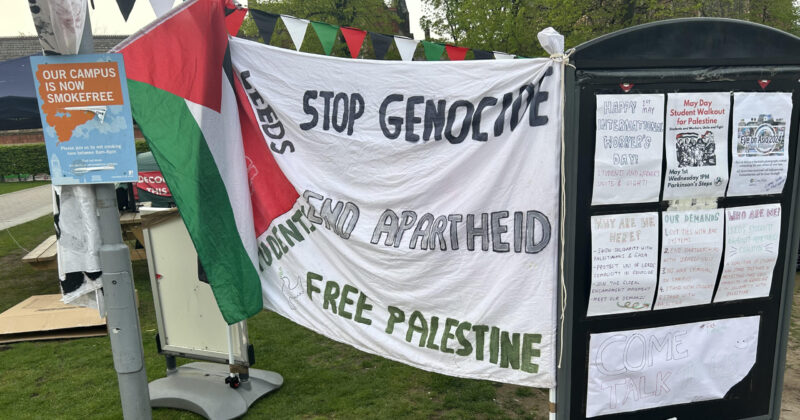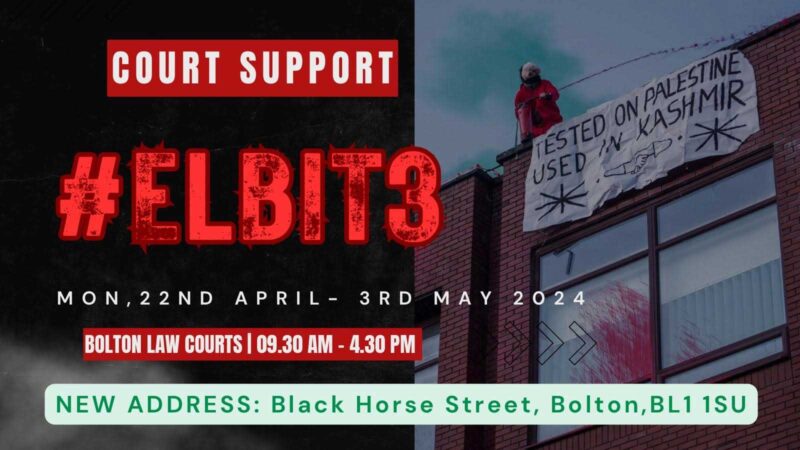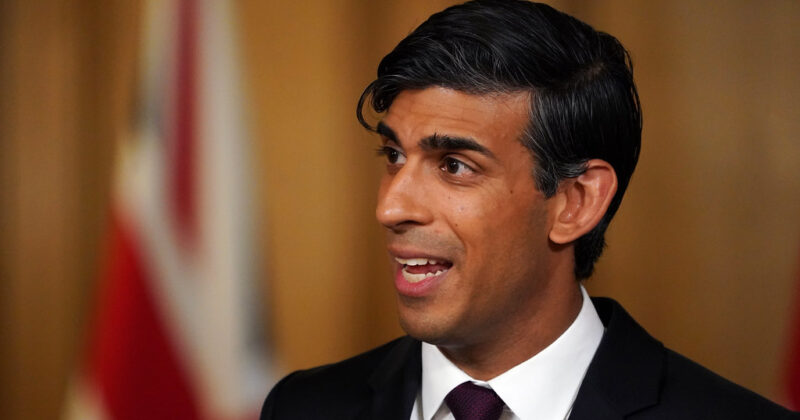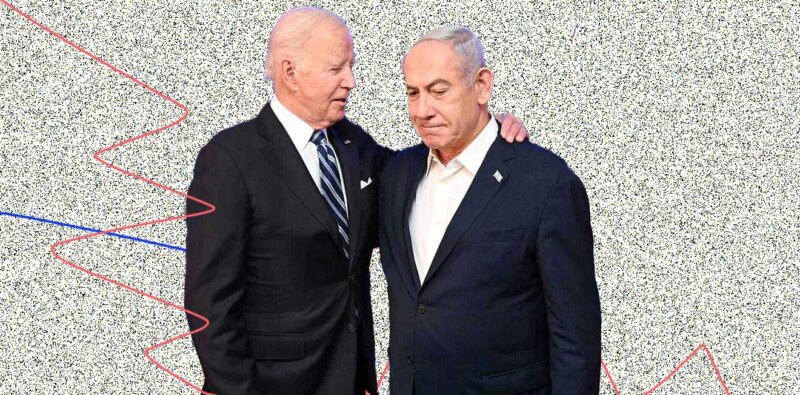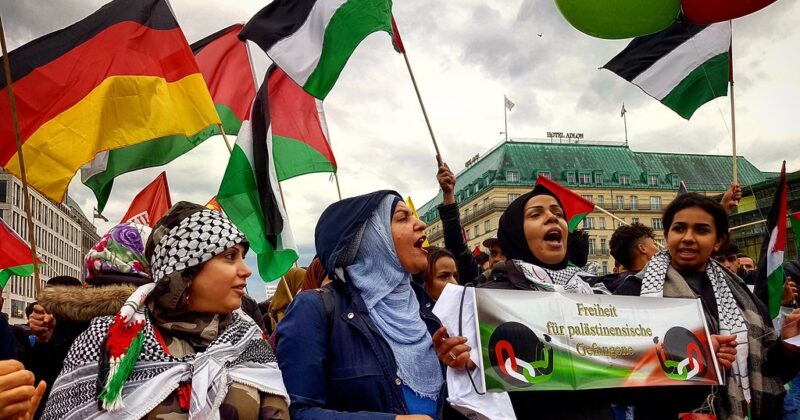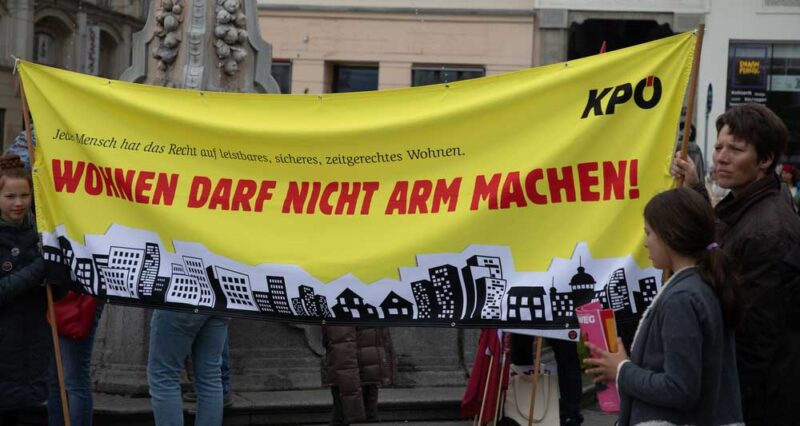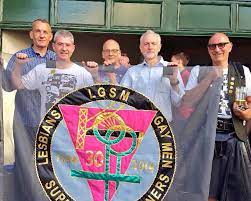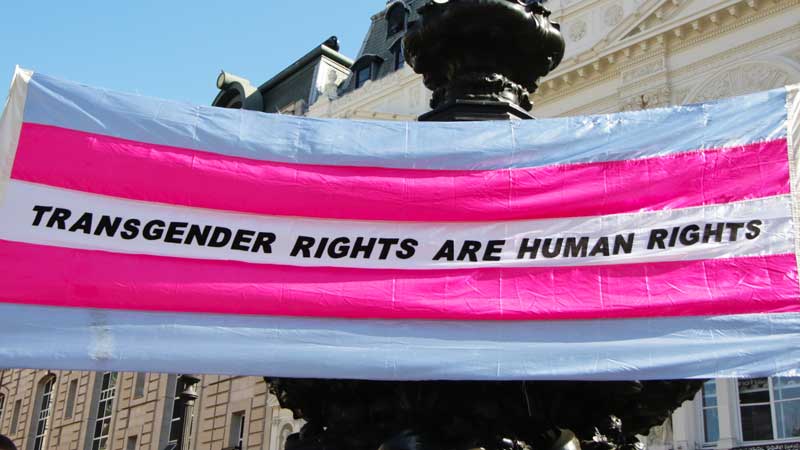Global day of rage against India’s anti-gay law
By Joy Macready
Hundreds took to the streets in major Indian cities and other countries on 15 December for a ‘Global Day of Rage’ against the Supreme Court’s decision to uphold Section 377, a law that criminalises gay sex. Protests took place in New Delhi, Mumbai, Bangalore, Kolkata, Pune, Mysore, Ahmedabad, Hyderabad and Chennai, as well as solidarity demonstrations in Berlin, Boston, London, New York, Sydney and Toronto.
India’s lesbian, gay, bisexual and transgender (LGBT) community reacted to the decision with defiance, marching with rainbow-colored flags and banners that read: “No going back!”
The slogan refers to 2009 when gay rights in India took a significant step forward. A Delhi High Court ruled in favour of decriminalising homosexuality, after a seven-year legal battle waged by LGBT non-profit organisation, Naz India. The court agreed that the section was in violation of Acts 21, 14 and 15 of the Constitution of India, which protect citizens’ rights to personal liberty, equality, and from being discriminated against.
Naz India successfully argued that Section 377 has been repeatedly used to abuse LBGT people and, by its very existence, allowed the gay community to be targeted and ostracised by society at large. The Delhi judgment was challenged within days in the Supreme Court, which has finally given its decision five years later.
The Supreme Court’s ruling upheld the legality of Section 377 of the Indian Penal Code, which means that those prosecuted for “carnal sex against the order of nature” can be sentenced to ten years in prison.
By ruling it was “constitutionally valid” because the wording does not single out LGBT people, the Supreme Court effectively put the responsibility on Parliament to change the law. The decision concluded by saying the abuse of this Section – admitting that it is “used to perpetrate harassment, blackmail and torture on certain persons, especially those belonging to the LGBT community” – might be a factor for the legislature to weigh while considering amending Section 377.
But the Supreme Court’s decision is not a neutral stance – it upholds the legitimacy of this vile law. It has given right wing and reactionary elements in society, especially religious leaders, the opportunity to go on the offensive in an attempt to drive the LGBT community back into the closet. Furthermore, it doesn’t take into account the threat inherent in the law that hangs over the heads of LGBT people on a daily basis.
Lastly, it also has missed an opportunity to throw off a vestige of British colonial rule. The Supreme Court’s decision is rightly viewed as not only a blow to the Indian LGBT movement, but to all those movement in ex-colonies that inherited Victorian anti-sodomy laws.
Colonial legacy
Although the right wing attacks the LGBT movement in India, with its rainbow flags and Pride parades, as a “Western import” and “against the values and mores of Indian society”, the real truth is, as one activist highlighted: “It’s homophobia that’s the import, not homosexuality.” India has a long history of alternative sexualities, most notably the class of Hijra, transgender Indians who often work on the margins of society, many as sex workers. Britain, via the Empire, exported virulent homophobia by embedding such laws as Section 377 in its colonies’ Penal Codes.
Today, more than half of the countries that currently have anti-gay laws on their books are former British colonies, according to the International Lesbian and Gay Association. Versions of Section 377 – often identified by the same three digits – exist throughout the ex-colonies in Asia, the Americas and Africa, dating back to the mid-1800s.
Canada, for example, had strict anti-sodomy laws through much of its history. Adopting the British anti-sodomy law as its own in 1859, the act was punishable by death until 1869. The law was broadened in 1892 to include all male homosexual acts under the term “gross indecency”.
Canada decriminalised homosexual activity in 1969, along with the UK, Australia, New Zealand, and others that repealed the “buggery” laws in the 1960s and 1970s. However, a large majority of nations in Africa, the Caribbean, and South Asia have kept theirs on the statute books. Their existence furthers LGBT stigmatisation and creates a climate of fear and secrecy.
Although prosecutions are rare in many countries, police and other officials can use the laws to blackmail people, and the potential sentences are extreme. For example, in Jamaica the laws still carry a sentence of up to ten years hard labour. Sri Lanka’s laws on homosexuality, known there as Section 365, carry a similar prison sentence.
Uganda is home to some of the harshest anti-gay laws in Africa. On 20 December, the Uganda parliament succeeded in rushing through an even tougher anti-homosexuality bill, which condemns same-sex couples to life in jail for mere touching.
The legislation includes collective punishment, so that anyone, including family members, can be prosecuted for not notifying authorities within 24 hours if they know someone who is gay, with sentences of up to three years in prison. The new legislation also has an extra-territorial jurisdiction and will apply to Ugandan citizens or foreign residents of Uganda who commit these “crimes” abroad.
Both Singapore and Malaysia still have Section 377 laws outlawing gay sex between men on their statute books. In 2007 Singapore modified its laws to permit oral and anal sex between heterosexuals and lesbians, but male gay sex remains criminalised. The Indian Supreme Court’s ruling is a setback for movements in both countries that are currently contesting the 377 laws’ constitutionality in the courts, since both reference the 2009 Delhi court ruling in making their cases.
A step backwards
The Delhi court’s 2009 decision was celebrated across the country because it allowed people to discuss gay rights more openly. Pride parades, cafes and bars opened, where gay people could meet safely, and media representations of gay people became more commonplace in the country. Some businesses started recognising the need for diversity seminars and anti-discrimination policies.
Days after the verdict legalising homosexuality, Pink Pages, India’s first online LGBT magazine was released. Earlier that year, India’s first gay magazine Bombay Dost, was re-launched.
Although repealing the law would be just one step in galvanising a change of public opinion in India, this abrupt reversal upholding the status quo legitimises homophobia. Gay rights activists rightly fear a rise in violence against the LGBT community and a return to a situation where, as in 2001, HIV/AIDS outreach workers can be arrested for distributing medical literature – in that case a judge accused them of “polluting the entire society”. Around this time, many gays were forced into shock and aversion therapy to “cure” them.
Yoga celebrity Baba Ramdev was quick to respond to the Supreme Court ruling, saying “the court has respected sentiments of millions of Indians by declaring homosexuality a crime”. At a press conference, he prayed for journalists not to “turn homosexual”, stating that he could cure homosexuality through yoga and calling it “a bad addiction”.
In a rare alliance, various religious organisations – including the All India Muslim Law Board, Christian and Jewish groups and Hindu spiritual leaders – argued that gay sex is unnatural and that the Supreme Court’s decision is an endorsement of their scriptures.
The political parties are more divided. The reactionary Hindu chauvinist Bharatiya Janata Party (BJP), which is strong amongst the upper castes and religious conservatives, strongly supports Section 377, as does the Samajwadi Party (Socialist Party), whose leader Azam Khan said: “These activities are unhealthy and spread chronic diseases like HIV… We should not imitate the culture of foreign countries where these practices are acceptable.”
On the other side, the leaders of the Indian National Congress (INC), part of the ruling coalition, the United Progressive Alliance (UPA), have taken a stand against Section 377 and said it will try to change the law. Sonia Gandhi, chair of the INC, expressed her personal disappointment with the court ruling.
The newly formed Aam Aadmi Party (Common Man Party) took a similar stance. Whereas historically, through its organisation the All India Democratic Women’s Association (AIDWA), the Communist Party of India (Marxist) has been one of the only organisations to publicly campaign against the hateful law.
The current UPA-led government could negate the court’s judgment through an ordinance, a shortcut used to pass a law without parliamentary discussion. However, with elections looming in the first half of next year, political parties including the INC are unlikely to take up the issue in parliament. Many politicians are afraid that a step in favour of gay rights could be a risky move at this conjuncture.
Campaign
The Indian LGBT movement and its supporters should build a campaign demanding the immediate repeal of Section 377 (which was actually recommended by the Law Commission of India back in 2000). This demand needs to be taken up by all progressive forces in India, including the different communist parties and their affiliated trade unions, women’s and youth organisations, as well as NGOs, charities, etc. In order to force the issue onto the agenda of next year’s election, a strong campaign needs to be built – effectively putting pressure on capitalist and reformist politicians to take a stand against homophobia.
It is vitally important that the Indian workers’ movement takes up the demands and gets involved with the LGBT campaign. It is this layer of society that has the social weight to force a change in government policy through strikes, demos and supporting LGBT members in the workplace and community.
Some will try to argue that in tough economic times, trade unions and workers should only focus and fight on economic issues, not political ones – but they are wrong. Gay and women’s liberation struggles can’t be put on hold until the workers win their wage struggles, but need to be part and parcel of the struggle for social and political transformation.
The campaign should not limit itself to this single demand, but begin to advance demands for further democratic reforms including:
- For full legal and political equality in society, including same-sex marriage, the right to adopt, have custody of their children, etc.
- For the right to come out at work without fear of discrimination by the employers on the grounds of sexual orientation.
- For the right to caucus inside the unions to prepare for full participation in the union and to develop the confidence to be able to come out in the unions.
- For an adequately funded sex education programme in all schools – to be decided by committees of classroom teachers, parents and pupils – free from heterosexual bias.
- Organised defence squads to defend LGBT bars, clubs, marches and individuals against attack and police raids.
- For workers’ defence of health workers, establishments and people with HIV/AIDS. For state funded education courses on HIV/AIDS.
The campaign should also take up the struggle of the thousands of women that demonstrated last December against the violence they face on the streets and in their homes. It should fight alongside those oppressed by the caste system. Fighting oppression together will shake the foundations of capitalist society. Likewise, activists should also reach out to LGBT and women’s organisations internationally, and link up campaigns and days of action.
Fighting for gay liberation
To throw off the shackles of Section 377 and other repressive laws in India would be a beacon of strength for other gay rights movements across the world. However, this is just one step on the path to gay liberation. Getting rid of these laws would not eradicate homophobia. To do this, it must expose and target the root of sexual oppression – the role of the family within the capitalist mode of production.
The systematic oppression of LGBT people under capitalism is not accidental. Capitalism uses the family as a social unit for the reproduction, physical maintenance and early education of labour power, so providing the employers with generations of fresh workers to exploit at no cost to them.
As such, it portrays the family – a monogamous, heterosexual, child producing and rearing unit – as both natural (it has “always” existed) and as normal (anybody not conforming to this set up is “abnormal”). In other words, the family becomes not just a haven in a stormy world, but also the means to transmit conservative values and gender roles down the ages.
To reinforce the family as an institution, capitalism has developed a set of sexual and moral codes, which are demeaning for all, but are especially oppressive for women, children, and LGBT people. These are then codified in law, as seen in Section 377.
Following this reasoning, it becomes clear that the fight for gay liberation is a class question. Only the political triumph of the working class over the capitalist class and the creation of an entirely new social and economic order – socialism – can create the conditions whereby the family, as the basis for social oppression, can be overcome.
The only class that has the ability to dig up the roots of the capitalist mode of production is the working class. Therefore to counterpose as separate tasks the struggle for socialism and the fight to overcome sexual oppression is completely false. The separatism it involves confirms and reinforces the sexism and heterosexism of the existing workers’ movement. It hives off LGBT people into a utopian project of self-liberation.
Therefore, LGBT activists must not organise a fightback separately from the struggles of the working class and its organisations. While the fightback may necessarily have to start within the LGBT community, it must be taken to and organised within the Labour movement, winning support for the struggle against oppression.
At the same time within the LGBT communities support must be organised for the economic and political struggles of the working class. LGBT activists must stand in the front ranks of the labour movement as militant class fighters and, at the same time, win that movement to a militant, class fight for gay liberation as part of a struggle for socialism.

